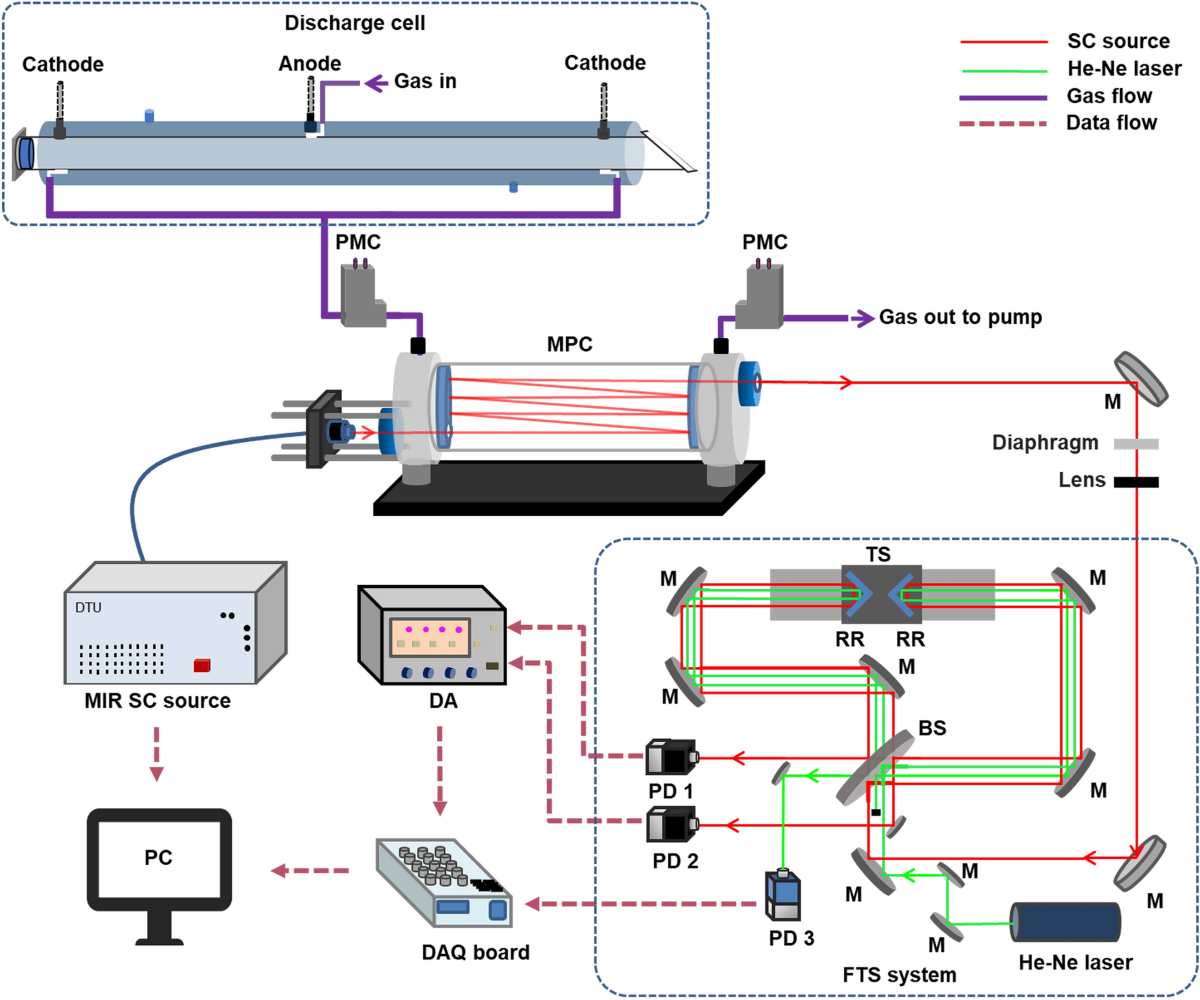Contents

Source: Wavelength Opto-Electronic
The Significance of the Mid-Infrared Spectral Region
The mid-infrared spectral region is crucial for optical spectroscopy due to its numerous absorption lines that are characteristic of various molecules. This region, particularly the “fingerprint region” spanning wavelengths between 7 μm and 11 μm, plays a vital role in distinguishing molecules and measuring their identity. Applications in environmental monitoring and medical sciences heavily rely on the unique absorption lines found in this spectral range.
Understanding the Mid-Infrared Region
According to ISO 20473:2007, the mid-infrared spectrum covers wavelengths from 3 μm to 50 μm, offering a wide range for spectroscopic analysis. However, developing spectrometers for this region poses several challenges.
Challenges and Solutions
One of the main challenges is the limited availability of high-performance photodetectors in the mid-infrared range, especially multi-element photodetectors like photodiode arrays. Additionally, the scarcity of narrow-linewidth tunable mid-infrared laser sources and the issue of thermal radiation further complicate the development of mid-infrared spectrometers.
To overcome these challenges, technologies such as Fourier transform spectroscopy have been employed. Fourier transform infrared (FTIR) spectroscopy allows for the use of single-element photodetectors, offering a solution to the photodetector limitations in the mid-infrared region.
Recent advancements in laser spectroscopy have led to the development of quantum cascade lasers and frequency comb sources in the mid-infrared, enhancing the performance and tunability of laser sources for spectroscopic applications.
Upconversion for Photodetection
One innovative solution to the limited availability of mid-infrared photodetectors is upconversion, where mid-infrared light is converted to shorter wavelengths (e.g., near-infrared) for detection using more readily available photodetectors. Techniques like sum frequency generation in nonlinear crystals have been effective in achieving this upconversion, enabling efficient detection of mid-infrared light.
Non-collinear phase matching in conjunction with suitable nonlinear crystals like AgGaS2 has proven to be effective in broadening the bandwidth and enhancing spectral resolution in mid-infrared spectroscopy. This approach allows for precise detection and analysis of different wavelengths in the mid-infrared region.
Conclusion
Despite the challenges, advancements in technologies like Fourier transform spectroscopy, laser spectroscopy, and upconversion techniques have significantly improved the capabilities of mid-infrared spectrometers. These developments have expanded the possibilities for molecular analysis, environmental monitoring, and medical diagnostics in the mid-infrared spectral region.

Source: Nature
Feel free to comment your thoughts.



